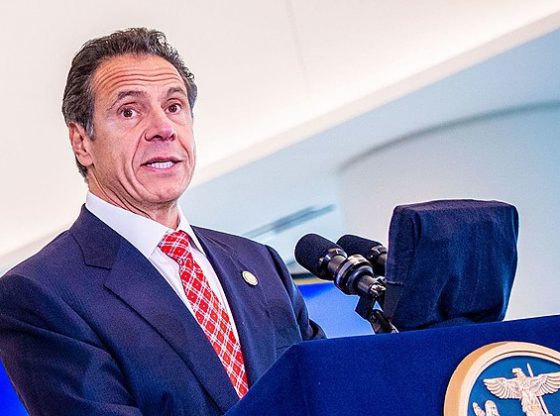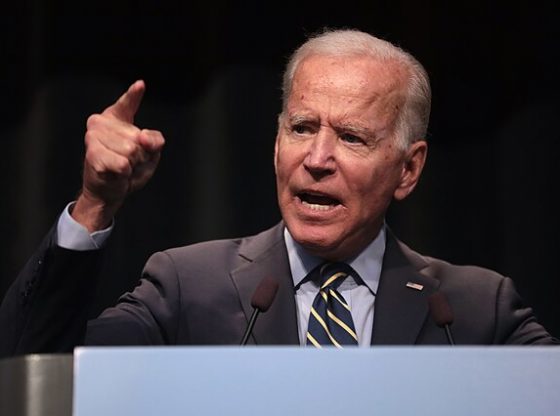The Biden administration announced Friday it’s proposing extending a tax credit to boost offshore wind energy projects, according to Politico.
The tax credit proposal is intended to defray rising interest rates and high steel prices that have made offshore wind energy projects more expensive, Politico reported. The Treasury Department clarified that undersea cables that connect wind farms to the power grid are eligible for tax credits due to the Inflation Reduction Act, according to E&E News.
The Treasury Department’s proposal would make the projects eligible for a 6% base credit, and companies could get additional credits for meeting other criteria, including paying “prevailing wages,” locating the projects in certain communities and using domestic materials, E&E News reported.
Orsted, a Danish offshore wind energy company, announced it would terminate two wind farms being built off the coast of New Jersey on Oct. 31 after mounting financial difficulties.
“Macroeconomic factors have changed dramatically over a short period of time, with high inflation, rising interest rates, and supply chain bottlenecks impacting our long-term capital investments,” Orsted Americas CEO David Hardy said about the decision to halt the projects. “As a result, we have no choice but to cease development of Ocean Wind 1 and Ocean Wind 2.”
Other major companies involved in offshore wind production, including Siemens and General Electric, have either announced expectations of losses or have sought emergency funding.
Over $7 billion has been invested in offshore wind projects since President Joe Biden signed the Inflation Reduction Act into law in August 2022, according to the White House, which is seeking to decarbonize the United States economy by 2050.
The Biden administration is also investigating whether offshore wind farms are causing unusual death rates among humpback and right whales reported by the National Oceanic and Atmospheric Administration (NOAA).
An Aug. 29 offshore wind lease sale in the Gulf of Mexico flopped when only one of the three areas drew any bids. The resulting sale could provide enough electricity for 450,000 homes, less than 50% of what the Biden administration had projected all three of the areas could generate.
















